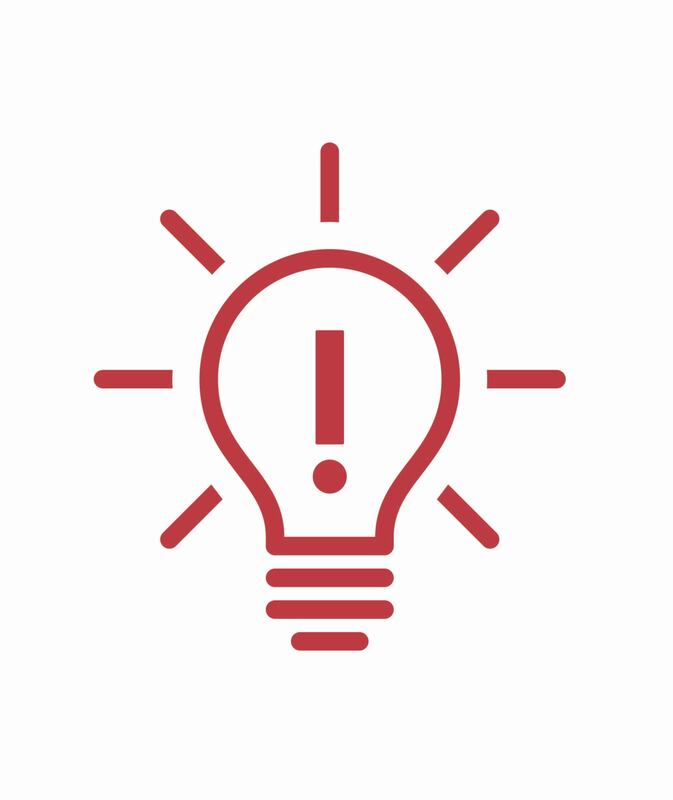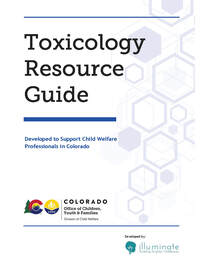There are a few critical distinctions to keep in mind when reviewing toxicology results of a newborn:
|
Newborns testing positive for a substance – other than a prescribed or recommended medical substance or an over-the-counter medication used as directed – require a heightened level of concern. It is important to remember that a positive drug test for a newborn could be a result of taking medications as prescribed (such as chronic pain management or medication-assisted treatment) or as a result of substance use before a woman began substance use disorder treatment. It is equally as important to remember that the absence of a positive test does not mean there was not an exposure. |
Due to variation in panels, biologic matrices, timing, and whether screens and/or confirmatory testing were performed, maternal and newborn drug test results may or may not line up. While a positive test may or may not answer the question of whether or not a newborn was exposed to a substance, it necessitates further exploration to understand the impacts (including clinical symptoms) to the child's health and welfare. This may include implications for safe sleep practices and other environmental and behavioral risks. |
Determine if there are additional children living in the home, or who may have also been exposed or impacted, that need to be considered during this process. If there are any concerns or questions on interpretation of a toxicological test (whether positive or negative results, or what test to order), please consult a medical specialist.

Regardless of test results, newborns may or may not experience withdrawal symptoms (often referred to as Neonatal Abstinence Syndrome or NAS). NAS can occur as a result of recreational substance use, prescribed and monitored opioid use for chronic conditions, and prescribed and monitored medication-assisted treatment (MAT). Remember, a positive test and/or the presence of withdrawal symptoms alone do not give you a full picture of the family's capacity.
Unique considerations and biologic matrices when testing a newborn.
Urine of Infant
It may be difficult to obtain a sample of urine shortly after delivery and results can be inaccurate in a newborn.
Meconium
Meconium (newborn's first stool) is produced by the fetus from 12 weeks gestation and accumulates until delivery, so it can be an indicator of drug exposure during the second and third trimesters. Meconium is typically expressed 1-3 days after delivery but also can be passed before or during labor and delivery. It is not homogenous so results can be dependent on the collection methods and dependent on laboratory extraction techniques. It can be difficult to determine clinical significance and amount of exposure (accumulative). Immunoassays can have high false-positive rates.
Umbilical Cord
Cord tissue forms beginning in the fifth week of gestation and can indicate exposure during pregnancy. Drug concentrations can be lower compared to meconium, but there are many other potential benefits such as immediate access, some improved sensitivity for specific drugs, no complex collection or extraction. Cord blood will detect a shorter window of time, similar to maternal blood.
Neonatal Hair
Hair is formed at 6 months gestational age, and needs a minimum exposure, thus a negative result does not necessarily mean no exposure.
Breast Milk
Depending on the properties of the drug and how much is used, some substances can transfer into breast milk. There are many variables to consider with breast milk and substance use and further expert consultation is recommended pertaining to questions about specific drugs, potential for symptoms in the breastfeeding infant and expected drug testing results.
|
Medication-assisted treatment (MAT) for opioid use disorder combines the use of medications with counseling and behavioral therapies. Methadone, buprenorphine, or naltrexone may be prescribed for pain reduction or for use in MAT for opioid use disorder (OUD). Research shows that MAT has the longest-term effectiveness, in cases where patients stick to it for 1 to 2 years. The medication is only one part of MAT, working alongside other therapeutic modalities such as group therapy. Cessation from opioids is seen by clinicians as a long-term goal, not a quick fix. |


